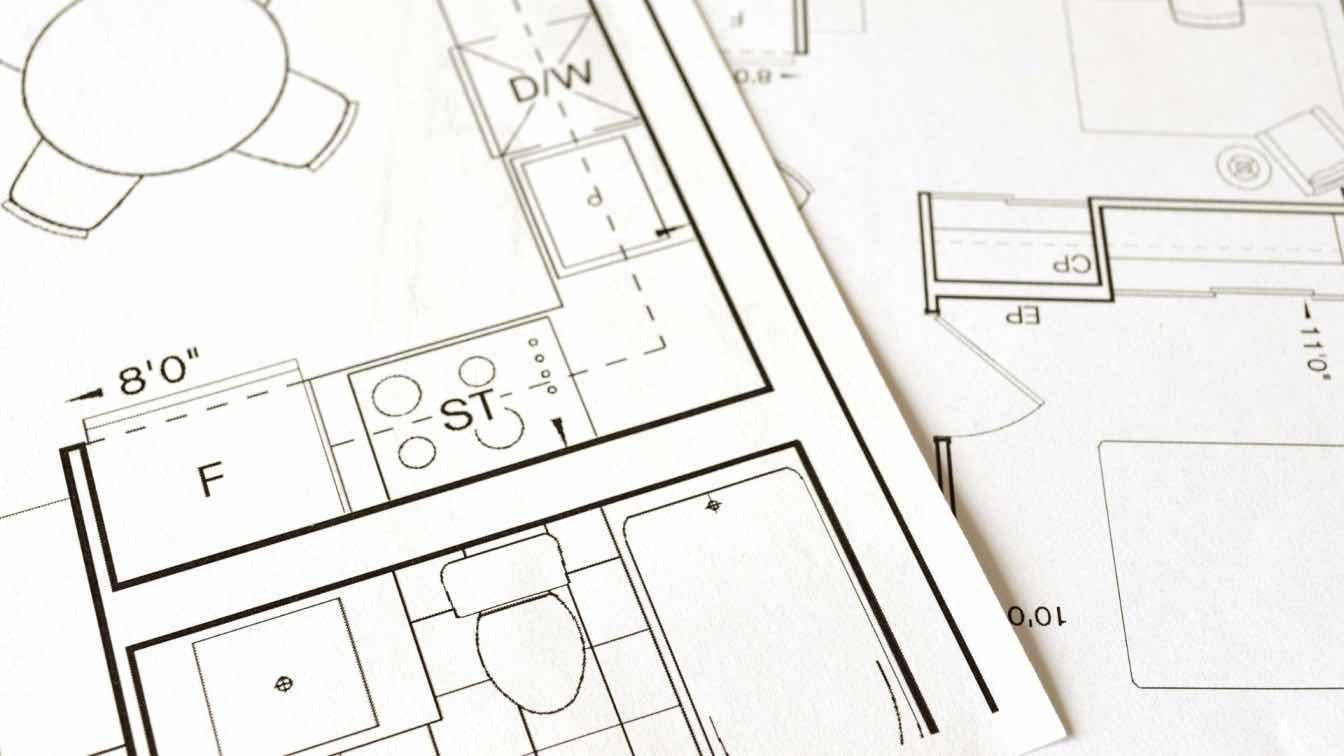People who want to become architects know that passing the entrance tests is one of the first things they need to do to make their dreams come true. These tests are meant to see how well you might do as an engineer in the future. They test a variety of skills, from creativity to analytical thinking. But how do you get ready for something that is so hard and has so many parts? Here is a step-by-step plan for how to study well for the tests you need to take to get into design school.
Understand the Exam Structure
The first thing you need to do is understand the structure of the architecture entrance exam. While each university or institution may have different formats, most architecture entrance exams consist of the following components:
Mathematics: Topics such as algebra, geometry, trigonometry, and calculus are commonly tested.
Drawing and Design: This section assesses your ability to sketch and visually represent ideas and concepts, testing your creativity and spatial reasoning.
General Knowledge: This includes awareness of current trends in architecture, famous buildings, and general cultural knowledge.
Logical and Analytical Reasoning: These questions focus on your ability to think critically, solve puzzles, and analyze patterns.
Knowing what to expect from each section will help you plan your preparation more effectively. It’s essential to go through the syllabus and exam pattern carefully before diving into your study plan.
Create a Study Plan and Stick to It
A well-organized study plan is crucial for preparing effectively for architecture entrance exams. Setting realistic goals, creating a timetable, and prioritizing weaker areas will keep you on track. However, sometimes life can get in the way, or you may feel overwhelmed by the sheer volume of topics to cover. In such cases, you might consider seeking assistance from research paper writing services online. These services can help you manage your time better by offering professional help in areas where you need extra support, such as writing practice papers or providing detailed insights on complex topics. While using these services shouldn’t replace your own learning, they can be a valuable tool in managing your study load and ensuring you’re prepared for the exam in a well-rounded way.
Strengthen Your Mathematical Skills
Most architecture tests include math as a core topic. To solve spatial problems in architecture, you need to have a strong grasp of math ideas, especially geometry and algebra. Here are some ways to get better:
Take a look at geometry: Both architecture and the entrance test are based on shapes, angles, and measurements. Knowing the basics of geometry will help you picture how buildings are put together.
Learn algebra: You'll need to know how to use algebra to solve problems in building that have to do with sizes and proportions.
Practice trigonometry: Trigonometry helps you understand angles and distances, which is why it's important to know how to draw correct buildings and structures.
You should work through questions from past years and practice solving problems from a range of subjects. Time yourself as you work through these problems to get faster and better at what you're doing. Regular practice will not only help you get better at math, it will also make you feel better about your abilities.
Hone Your Drawing Skills
The drawing section is one of the most exciting parts of architecture entrance exams. It allows you to demonstrate your creativity and technical skills. To prepare for the drawing section:
Practice Regularly: The more you draw, the better you will become. Start with simple sketches and gradually work your way up to more complex structures and designs.
Improve Accuracy: Precision is key in architectural drawings. Pay attention to details like proportions, symmetry, and scale when drawing.
Work on Perspectives: Being able to represent objects from different viewpoints, like top-down or side angles, is a vital skill. Practice drawing objects from multiple perspectives to improve your spatial understanding.
If you feel uncertain about your drawing skills, you could take online courses or tutorials to help you refine your technique. You may also seek feedback from peers or teachers to improve your sketches further.
Stay Informed About General Knowledge
Entrance exams often test your general understanding, especially when it comes to architecture. The topics of the questions could range from well-known buildings to the newest trends in environmentally friendly building design. To get ready for this part:
Read journals and magazines about architecture: These papers will keep you up to date on the most recent changes in the field. Pay attention to things like new building materials, environmentally friendly design, and the work of well-known architects.
Read blogs about architecture: You can read blogs and papers online to stay up to date on new projects, events in your field, and the latest design trends.
Keep up with current events: Keep up with news about design, urban planning, and the environment, as these topics are often covered on the test.
Following the newest developments and trends in design will not only help you do well on the test, but it will also help you understand the field better.
Practice Logical and Analytical Thinking
Architecture requires strong logical and analytical thinking, and entrance exams often include sections that test these abilities. You’ll encounter questions that require problem-solving, pattern recognition, and critical thinking. To sharpen these skills:
Solve Logical Puzzles: Engage in activities that involve pattern recognition, such as solving puzzles, crosswords, or brainteasers. These will enhance your problem-solving abilities.
Analyze Diagrams: Many architecture exams include questions that involve analyzing and interpreting diagrams or spatial arrangements. Practice these types of questions to improve your understanding of architectural spaces and designs.
Take Mock Tests: Doing mock tests will not only help you practice logical reasoning but will also help you manage time effectively during the actual exam.
By consistently practicing these activities, you'll enhance your ability to think critically, which is essential for an architect.
Take Mock Tests to Assess Your Progress
Taking practice tests is one of the best ways to see how much you've learned. These tests are like the real test, but you only have a certain amount of time to practice.
Act out the exam conditions: Like the real test, take the practice tests like they are the real thing. You'll get used to the time limits and the way the questions are set up this way.
Look at how well you did: After each practice test, go over your answers and figure out where you went wrong. Work on those things and keep track of how much you've improved over time.
Handle your time better: During the test, it's very important to handle your time well. Mock tests help you get better at setting a pace that lets you finish all the parts in the time allowed.
Mock tests will help you figure out what you're good and bad at, and they will also boost your confidence before the real test.
It can be hard to study for tests to get into design school, but if you have the right attitude and plan, you can do well. You will do very well on the test if you know how it is set up, work on your math and drawing skills, learn new things in general, and become better at thinking clearly. You can stay on track, motivated, and sure of yourself while you study by making a study plan, taking practice tests, and living a healthy life. To become a builder is your goal. If you work hard and don't give up, you will reach it. Enjoy yourself!





